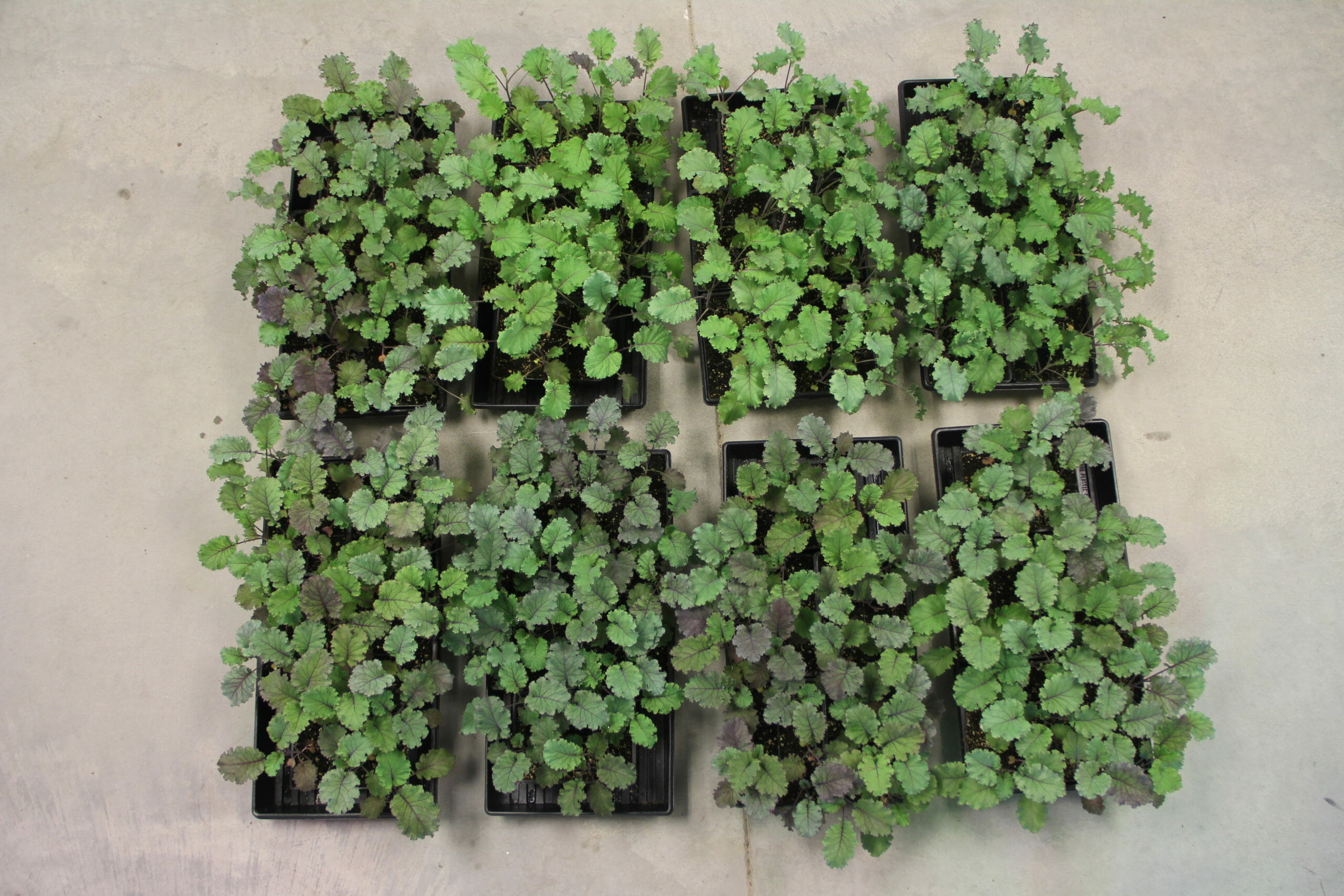The Impact of Light Spectra on Kale Growth and Development
About WVU’s Horticulture Research Program
The research conducted by Teaching Associate Professor, Youyoun Moon, and Associate Professor and Director of Controlled Environments, Nicole Waterland, focuses on a wide range of topics impacting the horticulture industry. Studies include climate change and environmental stress, plant nutrition and human health, sustainable crop production in controlled environments.
The Experiment
In their latest trials, the team worked to identify the ideal light spectra to make crops more nutritious for consumption in order to enhance human health by promoting phytochemical production in kale –a very common vegetable consumed by people all over the world. Phytochemicals (“phyto” – “plant”) are compounds that are produced by plants and can be found in fruits, vegetables, grains, and beans, among others. Some of these phytochemicals are believed to protect cells from damage that could lead to health issues in humans.
WVU uses the latest technology to conduct experiments and obtain the most accurate and repeatable results. In this particular study, they have deployed Fluence’s RAY LED lighting solutions using different light spectra to analyze each wavelength’s impact on overall kale plant quality. The spectra used include five single wavelengths: near UV, blue, green, red, and far-red. In addition to studying the individual spectra, they also utilized combinations of two or three spectra. Kale plants were grown in a research chamber separated into eight stations. Each light station is sole-source and is run on a 16/8 schedule. This means the lights are on for 16 hours and off for 8 hours.
Biotechnology and omics-based approaches are leveraged to investigate the functions of plant genes and tailor crops to have desirable results for optimal human health. More specifically, omics allow WVU researchers to investigate genes affected by different light spectra to increase crop quality and yield at the molecular level.
The results of the study will help determine what effects individual wavelengths have on plant growth and secondary metabolite biosynthesis. They will also provide insights as to which spectra produce the best crops based on nutritious content and overall plant quality.
Grower Impact: Why it Matters
Growing nutritious foods is a top priority for farmers all over the world who are looking to enhance their crops, differentiate their products, and compete in produce markets. Consumers are more health-conscious and discerning than ever before, which ultimately impacts growers’ business. The research published by WVU will help growers achieve their cultivation goals in controlled environments. To see how other growers across the world are using different spectra for their leafy greens check out our innovator spotlight featuring Hallnas, a Swedish commercial farm producing fresh greens in the arctic circle.

About Fluence’s Research Program
The Fluence Research Team conducts studies through partnerships with leading research groups around the world while also conducting research in-house at the company’s Photobiology and Research Lab in Austin, Texas. Fluence partners with industry consultants to advise on the commercial viability of the team’s research studies while concurrently proving our lighting solutions at commercial scale through grower case studies led by Fluence’s Horticultural Services team.









